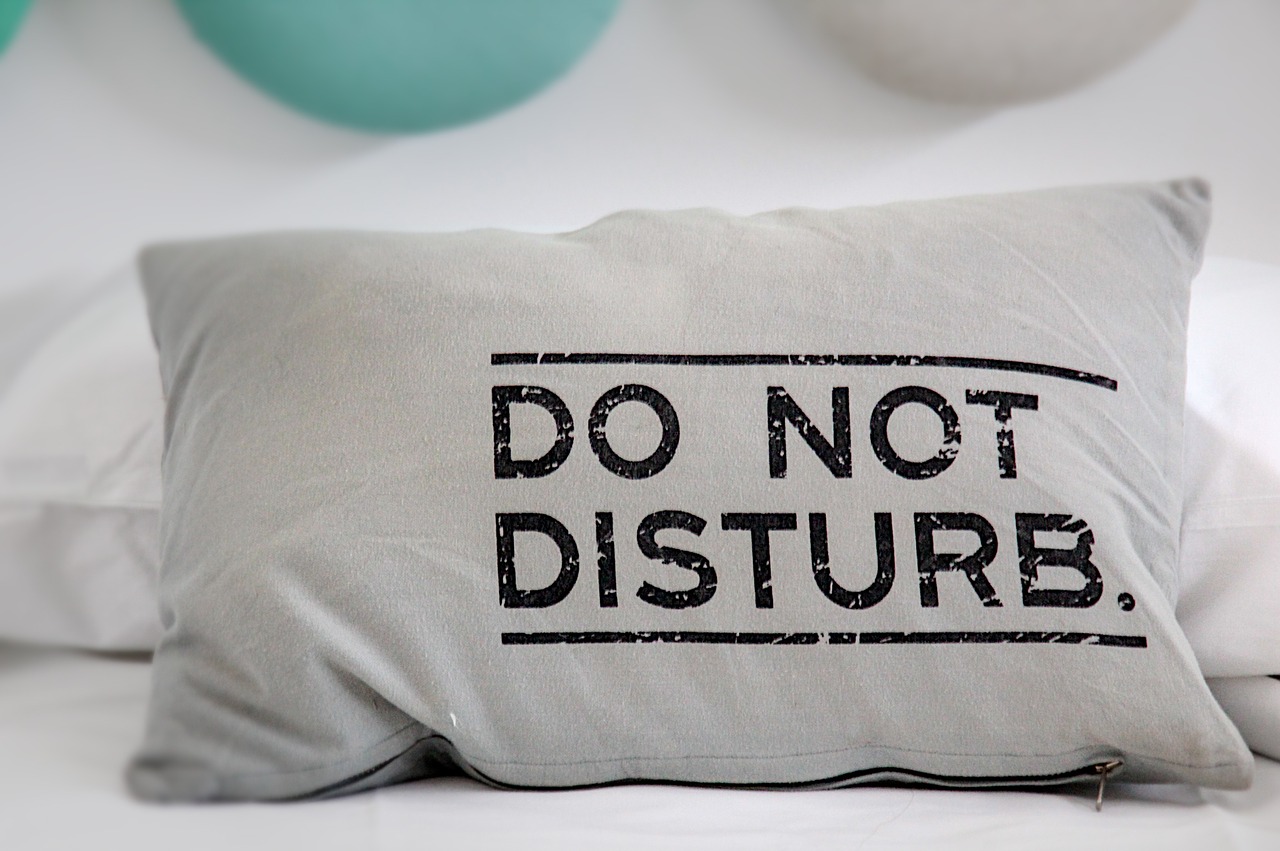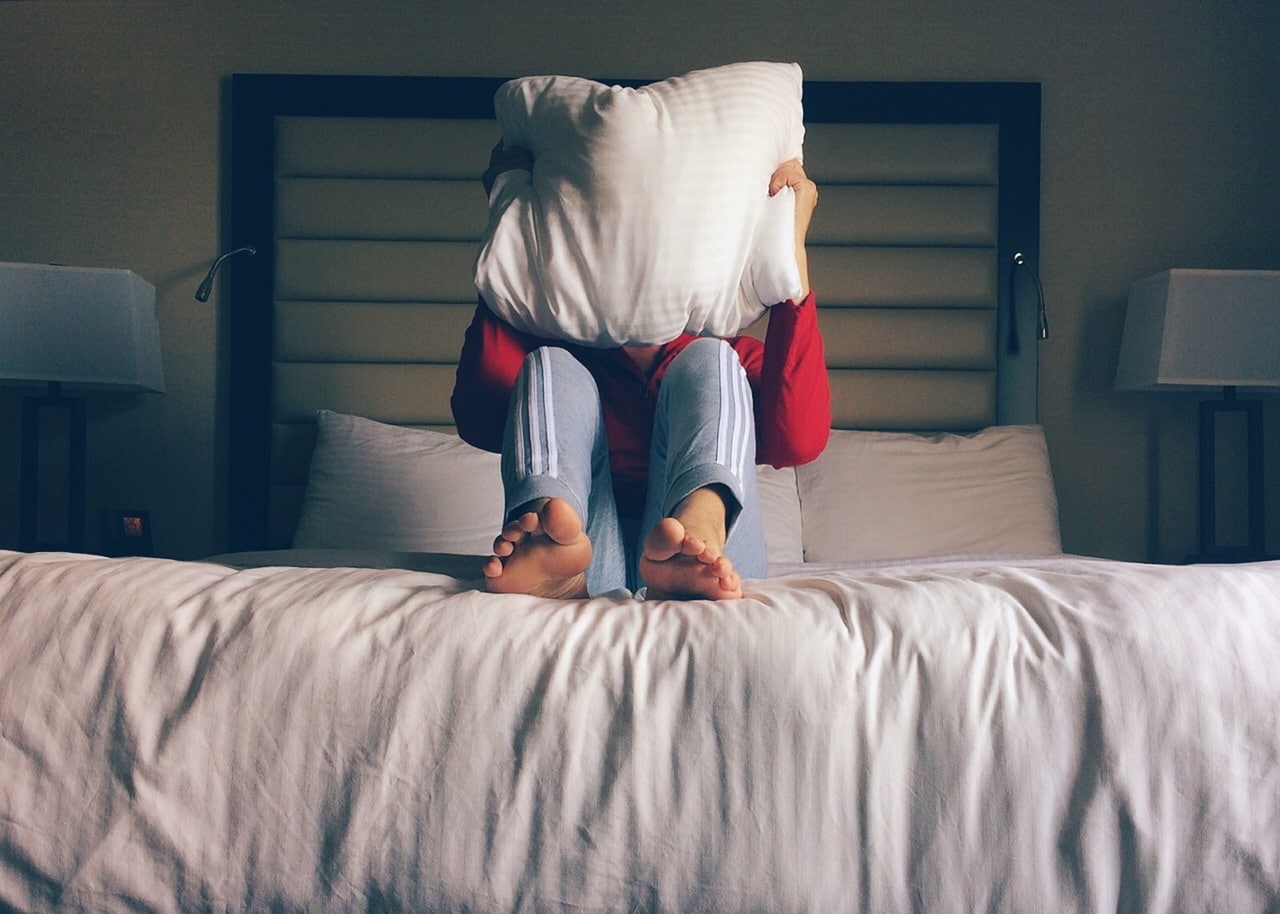Dead skin and dust mites like to hang out in a lot of the same places, and your pillow is one of their favorite homes. If that sentence gives you a sudden, itchy feeling, you aren’t alone. Most people dislike the thought of tiny debris building up in their bedding, and if you deal with allergies, asthma or other respiratory or skin issues, dust, and dirt can actually be a health concern. Before you decide to do without pillows altogether, check out these tips for getting a cleaner, comfortable night’s sleep.
IMAGE: PIXABAY
Keep Pillows Appropriately Covered
It’s difficult to clean pillows themselves, and all the fluffy goodness that keeps your head comfy during the evening is also alluring to dust mites. Ward off microscopic intruders and keep skin particles, sweat, and other components from finding a path into your pillow with the right types of covering. If you’re especially worried about or susceptible to dust and other allergens, consider using a pillow encasement under your pillowcase. Encasements are thick, zippered covers that go over your pillow; you then put the encased pillow in a traditional pillowcase. Because the encasement is designed specifically to keep pillows free of allergens, it keeps more out than a pillowcase alone.
Invest In Quality Pillowcases
Buying the right kind of pillowcases can significantly reduce dust and dirt problems, whether or not use you an encasement. High-quality pillowcases are made of tightly woven fabric that helps reduce penetration by debris, and they hold help well to regular cleaning. Bamboo pillowcases are a great choice because they naturally prevent dust mites.
High-quality pillowcases made from materials such as bamboo come with the added bonus of keeping odors down. Organic or natural materials manufactured with careful processes don’t come with chemical residues and odors that can contribute to respiratory distress, and bamboo fabric doesn’t pick up lingering odors over time.
Cleaner Pillowcases And Pillows
Finally, whatever materials you choose, clean your pillowcases and pillows regularly. Pillowcases should be washed once a week when you clean your sheets. For convenience, opt for pillowcases that can be machine washed in cool or warm water and tumbled dry. If you deal with asthma or allergies, choose pillowcases that can be washed in hot water to kill more microscopic organisms. You should also wash any pillow encasement that you are using.
Pillows don’t need to be laundered every week. If you use a high-quality pillowcase or other coverings, you can get away with washing your pillow once a year on average baring any illnesses, spills, or unique needs. Follow the manufacturer’s guidelines for washing pillows — some require dry cleaning while others can be machine washed and tumble dried. Many people don’t realize that pillows can take a few to eight hours to dry on a low setting; make sure you don’t encase a damp pillow, as that can lead to mildew.
By buying high-quality pillows and natural bamboo pillowcases, you reduce dust mites and other particles in your bed and get a cleaner, comfortable night’s sleep.
If you are interested in even more lifestyle-related articles and information from us here at Bit Rebels then we have a lot to choose from.


COMMENTS